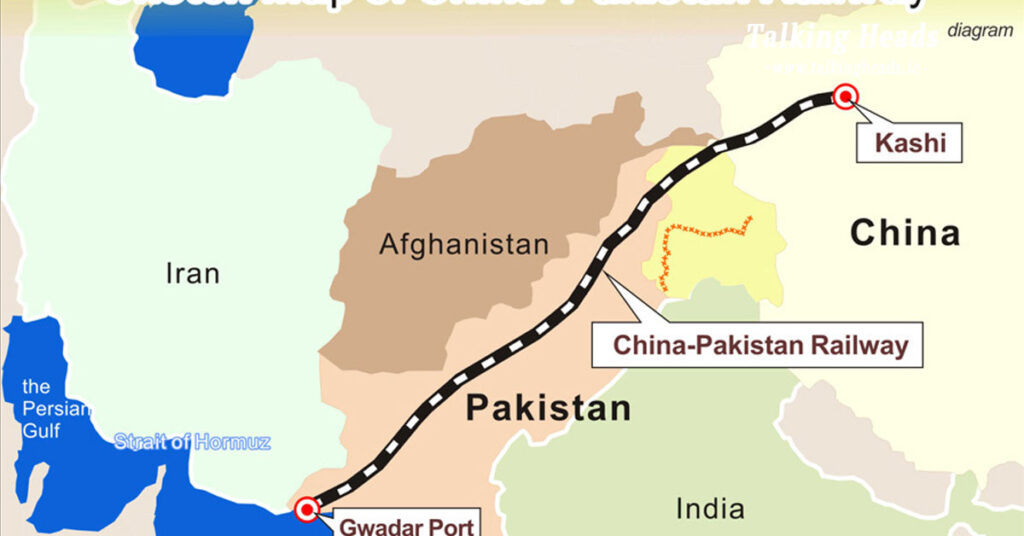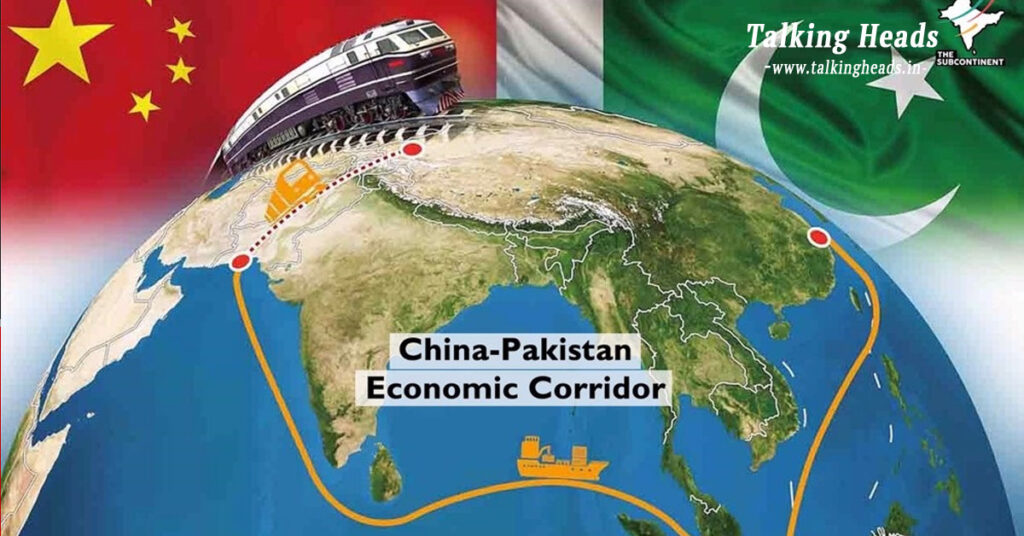Beijing’s strategic push into South and Central Asia takes a major leap forward as China, Pakistan, and Taliban-led Afghanistan agree to extend the CPEC infrastructure project beyond Pakistani borders.
China, Pakistan, Afghanistan Agree to Extend CPEC into Afghan Territory
In a significant trilateral diplomatic development, foreign ministers from China, Pakistan, and the Taliban-led Afghanistan government have reached a consensus to expand the China-Pakistan Economic Corridor (CPEC) into Afghan territory.
According to a statement shared by Pakistan’s Foreign Office (PFO) on social media, the three leaders emphasized the need to strengthen regional security and economic collaboration. Discussions also focused on advancing diplomatic engagement and accelerating infrastructure development across the region.
Strategic Road to Link Xinjiang to Gwadar and Beyond
The extension of CPEC into Afghanistan aims to connect China’s Xinjiang province with the Gwadar Port in Pakistan’s Balochistan, and ultimately with key transit routes in Afghanistan. While the exact route and scope of the expansion have not yet been disclosed, the strategic intention is clear: China plans to create a direct overland trade route from Western China through Pakistan into Afghanistan and potentially the broader Middle East.

This move aligns with Beijing’s broader Belt and Road Initiative (BRI), which seeks to enhance China’s global trade and logistics infrastructure by building roads, ports, and energy corridors across Asia, Africa, and Europe.
CPEC: A $60 Billion Geopolitical Power Play
The corridor spans over 3,000 kilometers from Xinjiang to Gwadar, with an estimated investment of $60 billion. It includes the development of highways, railways, ports, and energy projects aimed at streamlining China’s access to the Arabian Sea.
The strategic significance of CPEC lies in its ability to offer China an alternative to the congested and vulnerable Malacca Strait. Currently, over 80% of China’s imported crude oil passes through this route to reach Shanghai, covering a distance of nearly 16,000 kilometers. The CPEC reduces this distance by approximately 5,000 kilometers, providing faster and more secure access to vital energy resources.
India Raises Fresh Concerns Over CPEC Expansion
India has once again voiced strong objections to the CPEC project, particularly due to its passage through Pakistan-occupied Kashmir (PoK), including the Gilgit-Baltistan region—territory that New Delhi claims as an integral part of India.

Indian officials have consistently argued that the corridor violates the country’s sovereignty and is a tool of Chinese expansionism. The new proposal to extend CPEC into Taliban-controlled Afghanistan has only intensified India’s geopolitical concerns, especially in light of China’s growing military and economic footprint in the Indian Ocean region.
Gwadar Port: China’s Naval and Trade Foothold
Beyond economic gains, CPEC offers China strategic military advantages. Gwadar Port, located near the Strait of Hormuz, a key global oil transit chokepoint, has the potential to serve as a logistics hub for the Chinese Navy. Analysts suggest the port could provide maintenance, repair, and resupply facilities for Chinese naval vessels, thereby deepening Beijing’s presence in the Arabian Sea and the broader Indo-Pacific.
Local Opposition in Balochistan Clouds CPEC Progress
Despite Chinese ambitions, the CPEC project continues to face resistance within Pakistan, especially in the Balochistan region. Ethnic Baloch insurgent groups have repeatedly targeted Chinese nationals and infrastructure over the past several years.

These groups allege that Chinese development projects marginalize local communities, exploit natural resources, and displace indigenous populations. Many locals feel excluded from the economic benefits promised by the corridor. Incidents such as the 2024 suicide attack by Baloch militants on a convoy of Chinese engineers have heightened security concerns and cast a shadow over the project’s future.
Afghanistan’s Role: Economic Hope or Security Headache?
China’s decision to involve Afghanistan adds another layer of complexity. While the Taliban-led government has expressed enthusiasm for regional economic partnerships, the country’s volatile security situation and lack of international recognition pose significant risks for investors and developers.
Nevertheless, Beijing views Afghanistan as a key link in expanding trade corridors across Central and South Asia. The hope is that infrastructure investment may eventually stabilize the region and offer economic incentives for peace.
Regional Ambitions Face Global Scrutiny
The expansion of CPEC into Afghanistan represents a bold geopolitical and economic maneuver by China. While it could reshape trade dynamics in the region and offer China strategic advantages, the move is also likely to heighten tensions with India and raise alarms among Western powers wary of China’s growing influence.
As CPEC evolves into a transnational infrastructure network, the stakes for regional stability, diplomatic engagement, and economic integration continue to grow. Whether this bold vision materializes or gets mired in political and security hurdles remains to be seen.
SEO Keywords Used:










